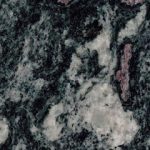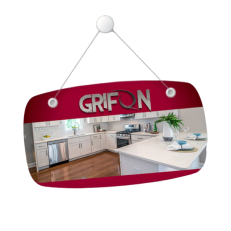The basic porcelain recipes are made of kaolin clay with a feldspar and silica to melt into the matrix of the kaolin clay.(all these names are types of earth materials) A classic porcelain clay body recipe is by weight: 25% kaolin, 25% ball clay, 25% feldspar, and 25% silica, isn’t it interesting? Wow!
Kaolin is clay that has higher alumina levels (and low iron levels, therefore white) and thus has a high melting temp. Alone it is not really workable. Ball clay is also white and helps make it more workable. Feldspar has silica and fluxes in it, also a material found in earth. Usually those are sodium and potassium (also lithium and calcium). The feldspar helps lower the melt so the porcelain will get vitreous and when it cools non porous and translucent with a ring when struck.
Once the porcelain clay body is made, it is mixed with water. It is formed into a shape like a bowl or cup or statue or toilet. It is slowly dried. It is fired to about 1900 F. It is then glazed. Glazed is powdered glass forming materials mixed with water and applied on the surface. It is then fired again. How high it is fired depends on the clay recipe. Some are as high as 2400 F (white hot). Some are as low as 2200 F.
Note that being white has little to do with being porcelain. There are low fire white clays
The making of Porcelain2020-01-012020-01-07https://www.grifon.ca/wp-content/uploads/2022/08/logostone.pngGRIFONhttps://www.grifon.ca/wp-content/uploads/2020/01/9.jpg200px200px







